A Cup of Tea, Please
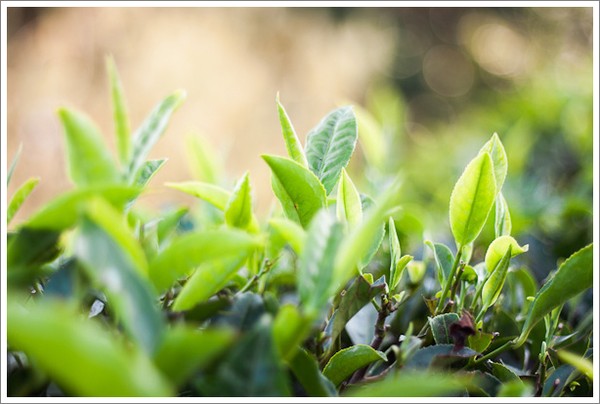
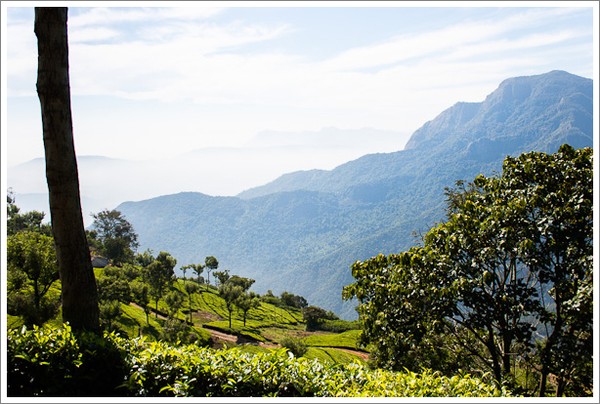

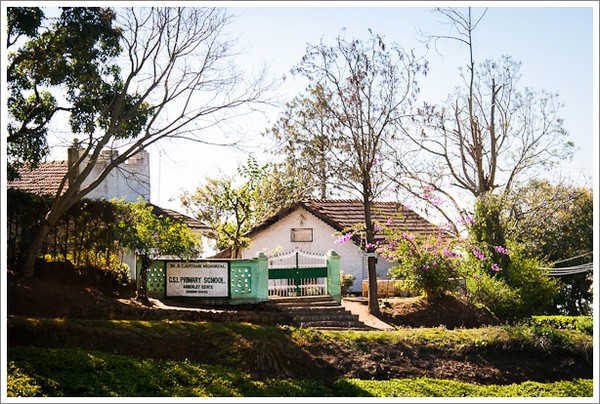
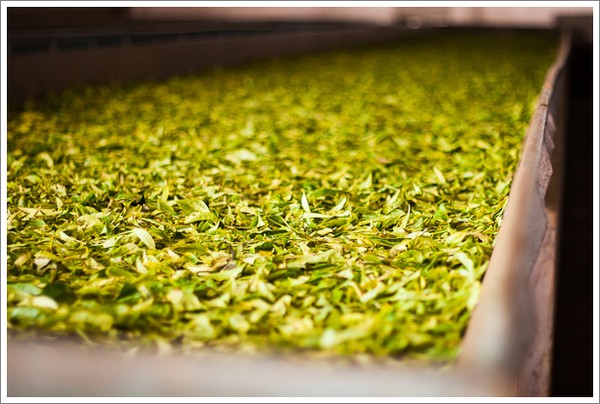
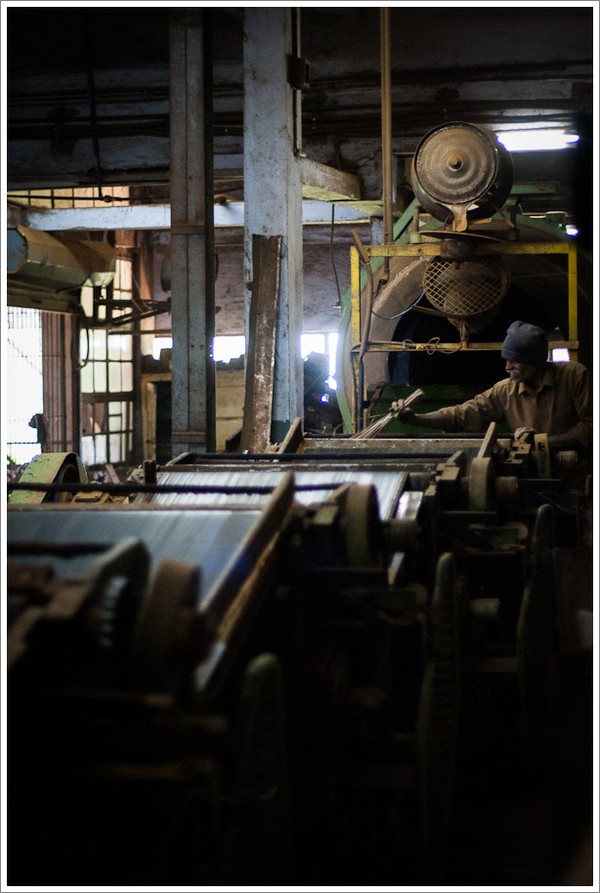


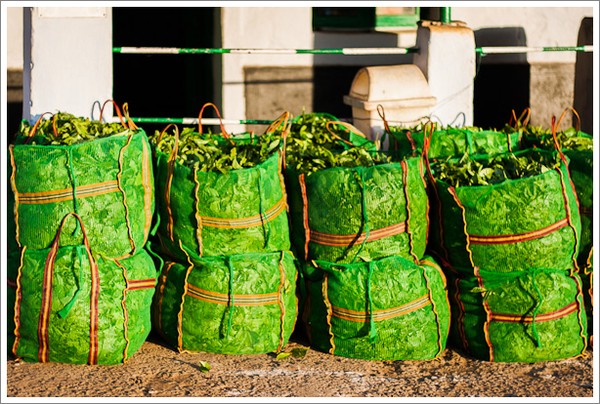
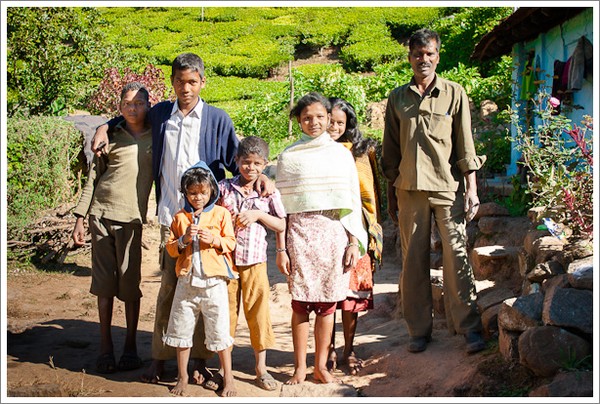
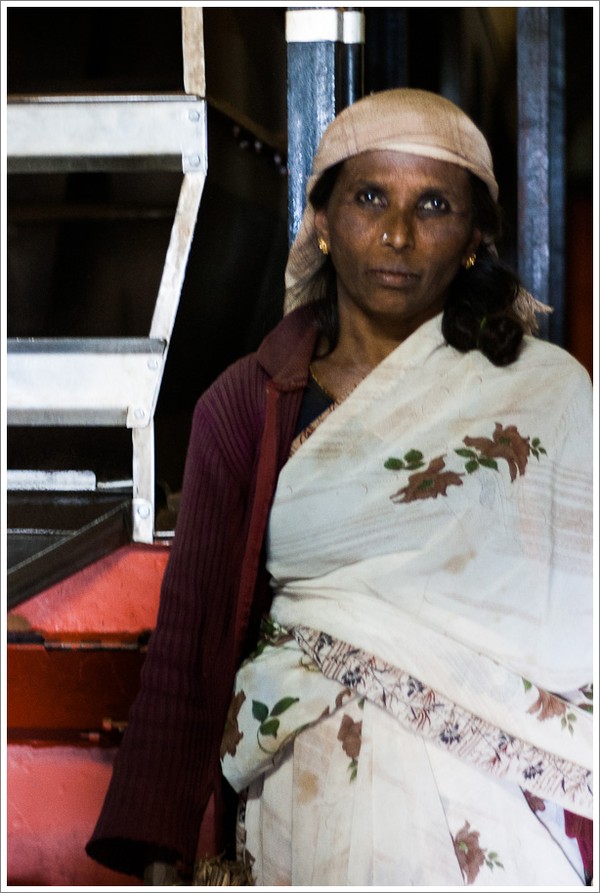
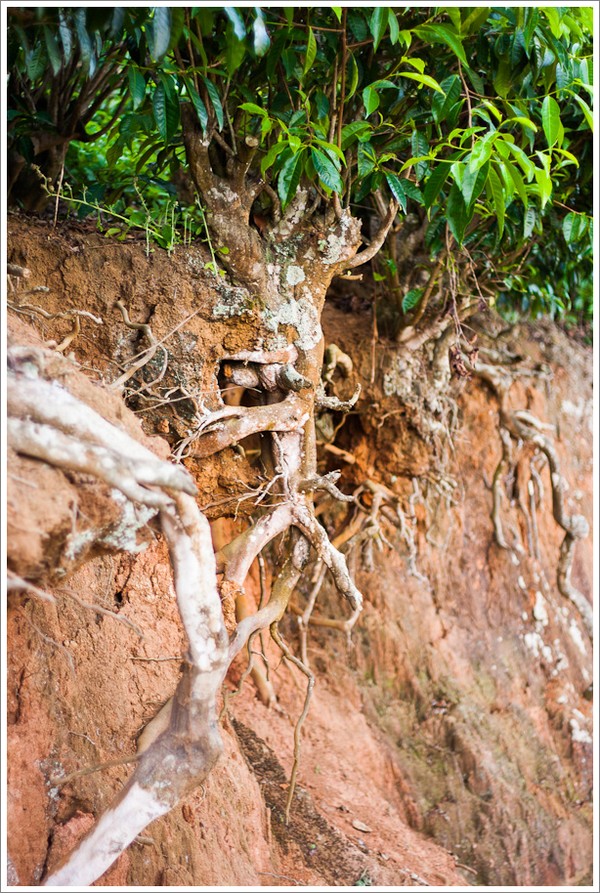
Och här sitter jag precis med en kopp te i handen.. Men jag känner rent spontant att jag nog inte vill ha mer nu..
Hej!! Vad fina inlägg!! Jag skall själv ut och resa och har i resornas-tider upprättat en ny blogg. Göra om, göra bättre - eller något i den stilen!! Därför är den gamla lösenordskyddad. Ibland är det skönt att börja om. Hoppas du följer med på midi.blogg.se KraM!!
Tänk så olika man tänker och så många historier det kan finnas bakom en kopp te... Vilka äventyr du varit ute på Linn. Stor kram!
Spännande med att verkligen se ett plantage. Vi åkte egentligen bara förbi pantorna, men såg liksom inte hela processen och arbetet. Häftigt! Jag fick lära mig göra masala chai istället... som jag verkligen älskar.
Ja, bäst att hålla sig till lugn och ro mellan yoga stunderna. =) Vårat yogacenter var jätte bra, men som Tina sa... vi hade förväntat oss indiska instruktörer och inte västerlänningar. Så att man får lära sig från dom som vuxit upp med de runt omkring sig.
Det var verkligen super kul att ses.. Sammanträffande att vi va på nästan samma strand. =) Vore kul om du hörde av dig om du är i Stockholm någon gång och då har en stund över. I like you, girl! =)
Lilltån skapade lite problem dom två första dagarna, men sen var det OK. Ny är tån som ny! =)
Kram kram
Du beskriver så livfullt att det känns lite som att vara med. Och dina fantastiska bilder minskar inte direkt den känslan.
Jag har en tanke om att öka mina inköp av ekologiskt och fairtrade-te. Friggs har goda eko och fairtrade teer i tre olika smaker.
Oj... Känner spontant att vad tråkigt för din del att rest så långt och sedan få denna upplevelse...
Hade varit intressant att jämföra med ett Fairtrade-plantage.
Intressant att få läsa och se dina bilder, du är så noggrann i det du presenterar- :-)
Kram!
Allt du skriver om nu är utanför min värld! Jag önskar att jag var så äventyrslysten som du!
Kram!
Så vackra bilder. Har du varit där på plats? Har du tagit de fina bilderna?
Åh, vad fint du skriver, verkligen! Gillar din historia och jag skulle jättegärna vilja åka tillbaka till Indien! Var där 2005 och det var en kulturkrock och väldigt jobbigt egentligen, är adopterad därifrån och det var min första återresa, så det var väl förståeligt. Spännande att läsa om te och sådär också, läste en baristakurs förr förra året och lärde mig en del om det där, men jättefint att se alla dina vackra bilder och sådär.
Sv: Tack så Jättemycket för kommentarerna om min frisyr, blir jätteglad av att få läsa sådant!
Kram på dig!
Eftersom du har bestämt dig kan jag rekommendera tefrossa på http.//www.tefrossa.se Goda fairtrade-teer och en del ekologiska också. Även ekologiska ljus.
Jag väljer också Fairtrade nästa gång! Tack för resan!
Jag har länkat till dig idag :) Kram!
http://queenofkammebornia.se/2013/february/jag-kan-boja-mina-fingrar-nastan-hur-som-helst.html
Massa mer att prata om! Så känner jag också!
Jag rekommenderar verkligen dig att prova receptet jag la upp på bloggen. SUper gott. Hmm... nu när jag säger det så känner jag att jag vill ha en egen kopp nu på soffan. Det är planen för idag!
Hihi... jag visst inte att salsa betyder sås. Hihi Jag hör nog till den gruppen som säger salsa-sås.
Kram kram och trevlig lördag
I'm so glad you're back and am very much looking forward to stories from your trip! What an adventure...














